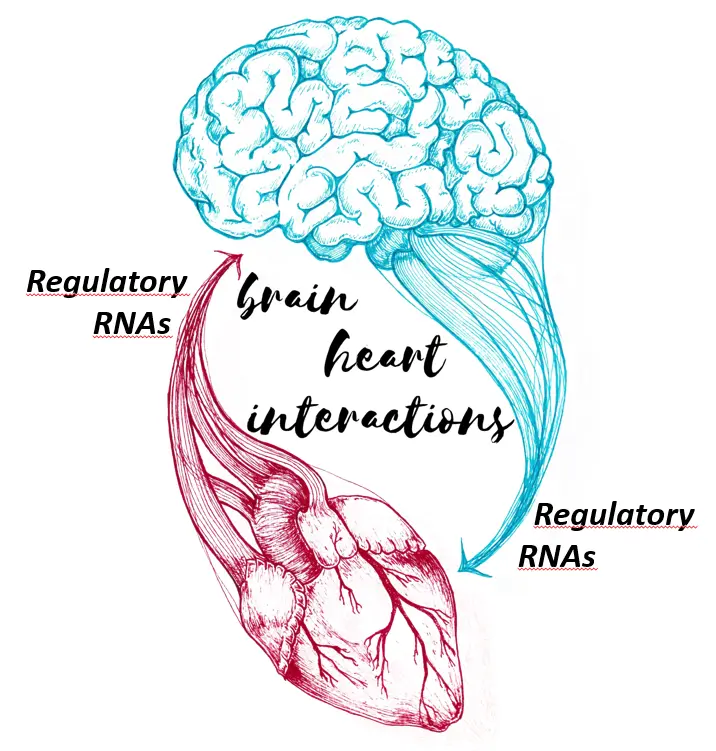
COST Actions often create a platform for further collaboration and Catalysing transcriptomics research in cardiovascular disease (CardioRNA) is a prime example of this. This Action created an interdisciplinary network to accelerate the understanding of transcriptomics in cardiovascular disease, the leading cause of death worldwide, and facilitate the translation of research into useful applications to improve patient outcomes.
The human transcriptome, the set of all RNA produced in a cell, is a complex area of research and requires a coherent dialogue between researchers, healthcare professionals and patients to ensure results generated by research activities are robust, reproducible, suitable for clinical application, and adopted by doctors and patients. CardioRNA provided opportunities for multidisciplinary collaboration that allowed the functions of different RNAs involved with cardiovascular disease to be more rapidly deciphered and translated into clinical contexts.
Adeline Boileau, ©LIH
Career catalyst
The Action has not only catalysed research in this area by bringing together almost 300 participants from across Europe and beyond, but it also catalysed the careers of younger researchers and launched a Horizon 2020 project: COVIRNA.
“We aimed to catalyse collaborative research in transcriptomics for cardiovascular disease,” says Dr Yvan Devaux from the Luxembourg Institute of Health, the Chair of the Action. “And that is exactly what we have achieved including through the H2020 COVIRNA project and three Marie Sklodowska Curie Actions (MSCA) Individual Fellowships – two in my laboratory and one at Imperial College London.”
“We aimed to catalyse collaborative research”
Dr Yvan Devaux , the Chair of CardioRNA

The two MSCAs in Dr Devaux’s laboratory arose directly from COST Short Term Scientific Missions (STSMs) undertaken in the Action.
Dr Miron Sopic from the University of Belgrade was one of the MSCA fellowship recipients. “The CardioRNA COST Action has really made a huge impact on my career,” says Miron. “The Action provided me with the opportunity to access state-of-the-art facilities, attend meetings, and collaborate with other experts, leading to publications in prestigious scientific journals and establishing important collaborations with fellow researchers in the field of RNA biology.”
Miron’s MSCA Fellowship is still ongoing and he is now also a Management Committee member for Serbia in a new COST Action AtheroNET that he submitted as main proposer.
Dr Amela Jusic joined four COST Actions including CardioRNA as an associate professor and early career investigator from the University of Tuzla in Bosnia and Herzegovina. Her MSCA Individual Fellowship in Luxembourg also originated from a STSM conducted in Dr Devaux’s laboratory and was funded by the CardioRNA COST Action. “The STSM in Luxembourg had an important impact on my career development,” states Amela.
After completing the MSCA Fellowship, Amela is now working with HAYA Therapeutics SA in Switzerland, a precision therapeutics company working on serious health conditions associated with aging.
COVID response
The COVIRNA project was in response to a call for fast-track projects on COVID from the European Commission early in the pandemic. “Fortunately, we already had a network in place and were able to formulate a proposal rapidly,” explains Dr Devaux. In just three months the project moved from conception to grant – a remarkably short time. The COVIRNA project aimed to generate a diagnostic tool to identify COVID-19 patients at risk of developing cardiovascular complications.
Watch the video about COVIRNA:
A recent product of the synergy between the CardioRNA Action and the COVIRNA project is a research article in the Heliyon Open Access journal. “The article reports the discovery of a group of RNA molecules that can give information on the condition of the heart,” explains Dr Devaux. “This could provide a practical method to identify patients, in particular COVID patients, who are at risk of developing cardiovascular disease and ensure they are properly monitored and treated appropriately.”
Dr Devaux and other colleagues from the CardioRNA COST Action are now looking at developing a new research axis to investigate how RNA regulates interactions between the heart and the brain. “The Network will continue,” concludes Dr Devaux. “We are working to bridge between the Action and new endeavours and initiatives.”
Additional information
View the Action webpage
View the Network website
Learn more about the COVIRNA project
Heliyon Open Access article: FIMICS: A panel of long noncoding RNAs for cardiovascular conditions
Learn more about LeaNetwork for implementing multiomics approaches in atherosclerotic cardiovascular disease prevention and research (AtheroNET)


